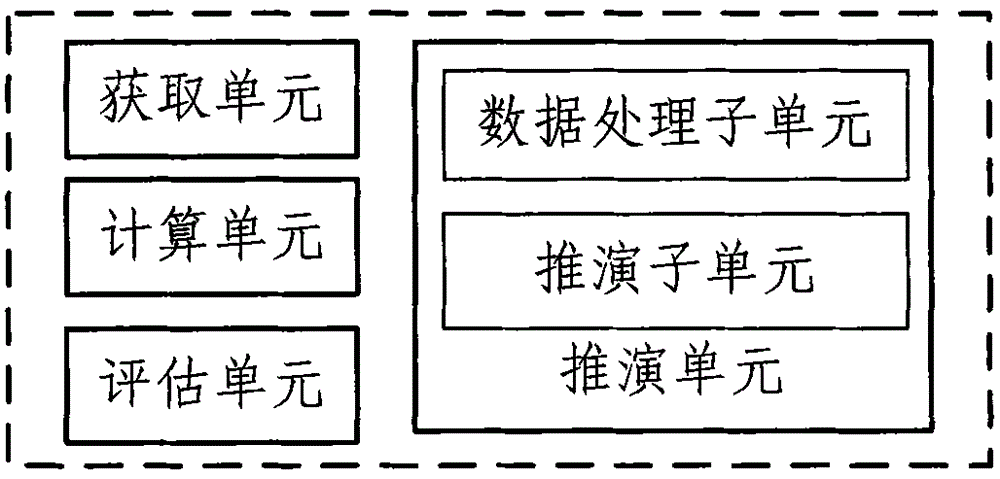Method and system for assessing radiation resisting capability of device for satellite
A technology of anti-radiation and devices, which is applied to the evaluation method and system field of the anti-radiation capability of satellite devices, can solve problems such as order of magnitude errors, and achieve the effect of scientific risk assessment
- Summary
- Abstract
- Description
- Claims
- Application Information
AI Technical Summary
Problems solved by technology
Method used
Image
Examples
Embodiment Construction
[0038] S1. Conduct heavy ion single event effect test on the device to be tested, and obtain test data including heavy ion single event flipping saturation cross section, heavy ion single event effective LET value, heavy ion single event effect threshold, etc.;
[0039] S2. Calculate the proton single particle flip cross section according to the test data;
[0040] S3. Calculate the proton single event turnover rate according to the proton single event turnover section and the formula for calculating the proton single event turnover rate;
[0041] S4. Evaluate the radiation resistance of the device under test according to the proton single event turnover rate.
[0042] Among them, such as figure 2 As shown, step S2 further includes:
[0043] S2.1 Use the Weibull function to fit the test data to obtain the scale parameters and shape parameters;
[0044] Fit the complete heavy ion single particle σ-LET curve using Weibull function
[0045] σ(L)=σsat(1-exp{-[(L-L0) / w] s}).....
PUM
 Login to View More
Login to View More Abstract
Description
Claims
Application Information
 Login to View More
Login to View More - R&D
- Intellectual Property
- Life Sciences
- Materials
- Tech Scout
- Unparalleled Data Quality
- Higher Quality Content
- 60% Fewer Hallucinations
Browse by: Latest US Patents, China's latest patents, Technical Efficacy Thesaurus, Application Domain, Technology Topic, Popular Technical Reports.
© 2025 PatSnap. All rights reserved.Legal|Privacy policy|Modern Slavery Act Transparency Statement|Sitemap|About US| Contact US: help@patsnap.com



